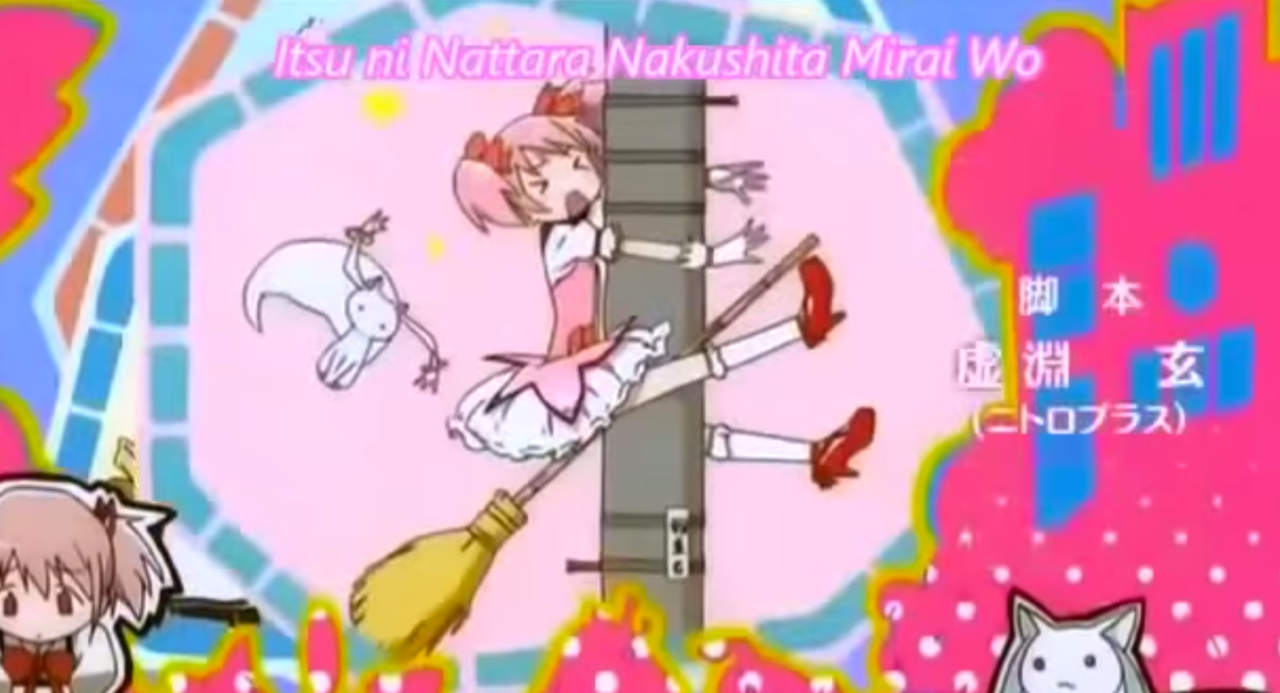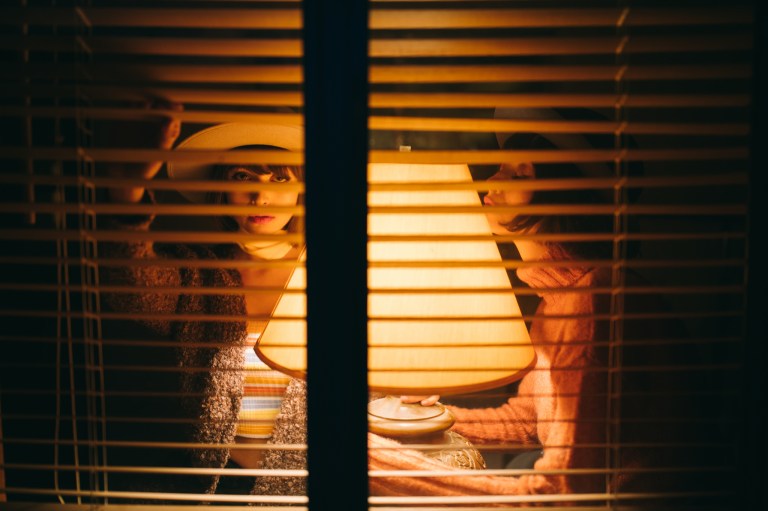The Cult Of Cute And Its Impact On Anime
It is truly amazing how ubiquitous Kaiwaisa is; it has permeated every aspect and level of Japanese society.

Not to stereotype a whole country, but if any westerner would take an interest in Japan (there are many of us out there, I’m sure), you would encounter over a dozen sub-cultures. Looking at modern Japan from one point-of-view, it is nothing but sub-cultures. To be fair, the same could be said for many countries around the world.
From the vocaloid craze, to the huge video game fan base (arcades are still popular and plentiful in the Land of the Rising Sun), all the Ganguro girls, gothic lolitas and the train otaku; the Japanese might seem weird, eccentric, even, dare I say, “crazy” to us Westerners. I’m not here to debate this outlook today. I’m here to talk about the biggest sub-culture (if it can be labeled a sub-culture at this point) in modern Japan: Kawaisa or, as it is informally known, the “Cult of Cute”.
Kawaisa (which gets its name from kawaii, the Japanese word for “cute/adorable”) is by far the biggest cultural phenomenon in Japan today. It is at its heart an artistic movement centred on the concept of cuteness, and the superficial attributes of friendliness, as well as a nonthreatening appearance. A character or object is considered kawaii if it evokes familial affection or a desire to protect, in an observer. Most cultural critics and sociologists trace the beginning of Kawaisa back to the 1970s, when there was a shift in Japanese writing education. Most young children in Japan learn the hiragana-style script first, which is considered “softer” more “feminine” and “rounded” than the more formal katakana script. So hiragana, like everything else kawaii, is associated with childhood innocence and that period in our lives where we lead a care-free existence free of responsibility. Although there is evidence that Kawaisa can be traced further back to the Taisho era (1912-1926), when designer Takehisa Yumeji started making merchandise marketed towards young girls, it is indisputable that Kawaisa has only become big within the last 40 years.
It is truly amazing how ubiquitous Kawaisa is; it has permeated every aspect and level of Japanese society. The post office and regional governments have their own cute mascots. I’ve seen pictures of construction equipment that either have pictures of cute characters on them, or they are designed to look “cute”. We’re not just talking key chains and plushies here. Newer Japanese businesses have trouble breaking into the market because their cute mascot is competing against thousands and thousands of others. Cute is literally serious business in Japan.
Whether we know it or not, if you were a kid growing up in North America during the 80s and 90s, you were indoctrinated by the cult of cute as well. Mario & Pikachu have become pop culture icons around the world, but they wouldn’t have their unique looks if not for Kawaisa. I can’t be certain, but I don’t think it’s a coincidence that popular kid’s shows featuring “sickeningly saccharine” characters. like My Little Pony, Care Bears, Barney the Dinosaur and the Smurfs, took off during the 1980s, the same time as the start of the “Japanese Invasion”. Marketers and advertisers had to have taken notice of something as popular and understandably marketable as cuteness.
Before I get to the heart to this article, I want to try and explain a bit more about Japanese society, otherwise you may not fully understand why Kawaisa is equally popular across older demographics and it is with teens and kids.
Anyone who has even a vague knowledge of modern history can tell you that Japan has had to endure severe hardships over the last century: The Great Kanto Earthquake, Nagasaki & Hiroshima, the firebombing of Tokyo, the significant economic downturn of the 1990s, the Tohoku tsunami. Yeah, Japan has suffered greatly indeed.
So those cultural critics and sociologists I mentioned awhile back have theorized that Kawaisa is a way for the national psyche to come to grips with its dark past, by collectively thinking back to a more innocent time, (childhood), where you weren’t aware of the horrors of war, city destroying bombs, natural disasters, radiation poisoning and a bad economy. Another thing to keep in mind is that the Japanese school system is very strict. By the time you reach high school you are expected to have your career plan set up. Adolescence in Japan is a time when the adult world has already become a part of your life.
Okay, now, finally we’ve come to what I want to discuss. Kawaisa’s impact on Japanese animation; Kawaisa, as any anime fan can tell you, is easy to spot in anime. Kawaisa is why the majority of anime involve teens who have no adult supervision at home. Kawaisa is why teachers can look like 12-year olds. Kawaisa is why the words “moe” “dojikko” and “lolicon” are part of the otaku’s lexicon. All these are popular character archetypes which are connected with cuteness. Kawaisa is also arguably the reason why why the magical girl and “mon” (short for monster; a “cuter” version of the word; Pokemon basically translates to “Pocket Monsters” in English) genres exist at all. So Kawaisa is widespread in animation too. But is that a good thing?
The question is certainly difficult to answer. On the one hand, one can clearly see the universal appeal of a cute character. And from a business perspective, it makes perfect sense to give the people what they want; you run the fix of alienating yourself from your audience otherwise. Also, it can be argued that cuteness has a positive & therapeutic effect on the mind. However, as with any popular trend there are critics.
The late great Satoshi Kon was arguably the most famous critic of Kawaisa in the animation industry. In one of his best productions, Paranoia Agent, he tries to convey that Kawaisa, has on the whole had a negative impact on Japanese society; according to him, it leaves people emotionally stunted, makes adults lazy and irresponsible, and also causes people to ignore or deny reality. Whether you agree with his arguments or not, I think it is safe to say that he presents very well, if anything else. The only other show I can think of that matches it is Gen Urobuchi’s magical girl anime Madoka Magica. It’s starts off as your typical magical girl show. A elementary school girl named Madoka lives a fairly ordinary life, until a cute alien named Kyubey turned them into magical girls in order that they may fight “witches”, magical girls who have become corrupted by dark magic and have been turned into monsters. Without giving too much away, things quickly take a turn for the worst and Madoka and her friends undergo severe psychological and physical pain before they earn their happy ending. To be fair, Urobuchi rejection of Kawaisa comes from his very cynical worldview, and not disgust with a cultural movement that has exhausted itself.
But is kawaii bad for anime? On the whole, I would say yes for two reasons. One, a character shouldn’t exist in a story just because they look cute for the same reason that a character should not exist in a movie just to be eye-candy *cough*Megan Fox*cough*. Sorry, had something in my throat for a second. A character must be interesting and relatable in their own right or serve the plot in some way. This is Story-Telling 101. Two, over-saturation is never a good thing. I’m as tired of cute characters in anime as I am of Hollywood reboots. Variety is the spice of life, after all. If every artist jumped on the bandwagon, we would have no stories that challenge the status quo and make us look at the world in a new way.
Now to be fair, there been other movements within Japanese art and animation in response to Kawaisa recently. By the 2000s, an off-shot movement, called” kimo kawaii” (creepy cute), has become all the rage among Japan’s youth. It involves taking something traditionally not seen as cute, such as gore or horror, and makes it cute. Or takes something cute and exaggerates it’s attributes to make it ugly. And there is also the “Super Flat” movement, which has made waves in Japanese artistic circles as well as in the states. It basically involves flattened versions of Japanese “pop” art, in order to portray the shallowness of Japan’s consumer culture. However, cute still remains king.
Now speaking as a brony and recovering “man-child” there is nothing wrong with “cuteness” in of itself, of course. But if the cuteness is present in any work of art due to laziness or an attempt at blatant emotional manipulation, it becomes very un-cute to me. ![]()


